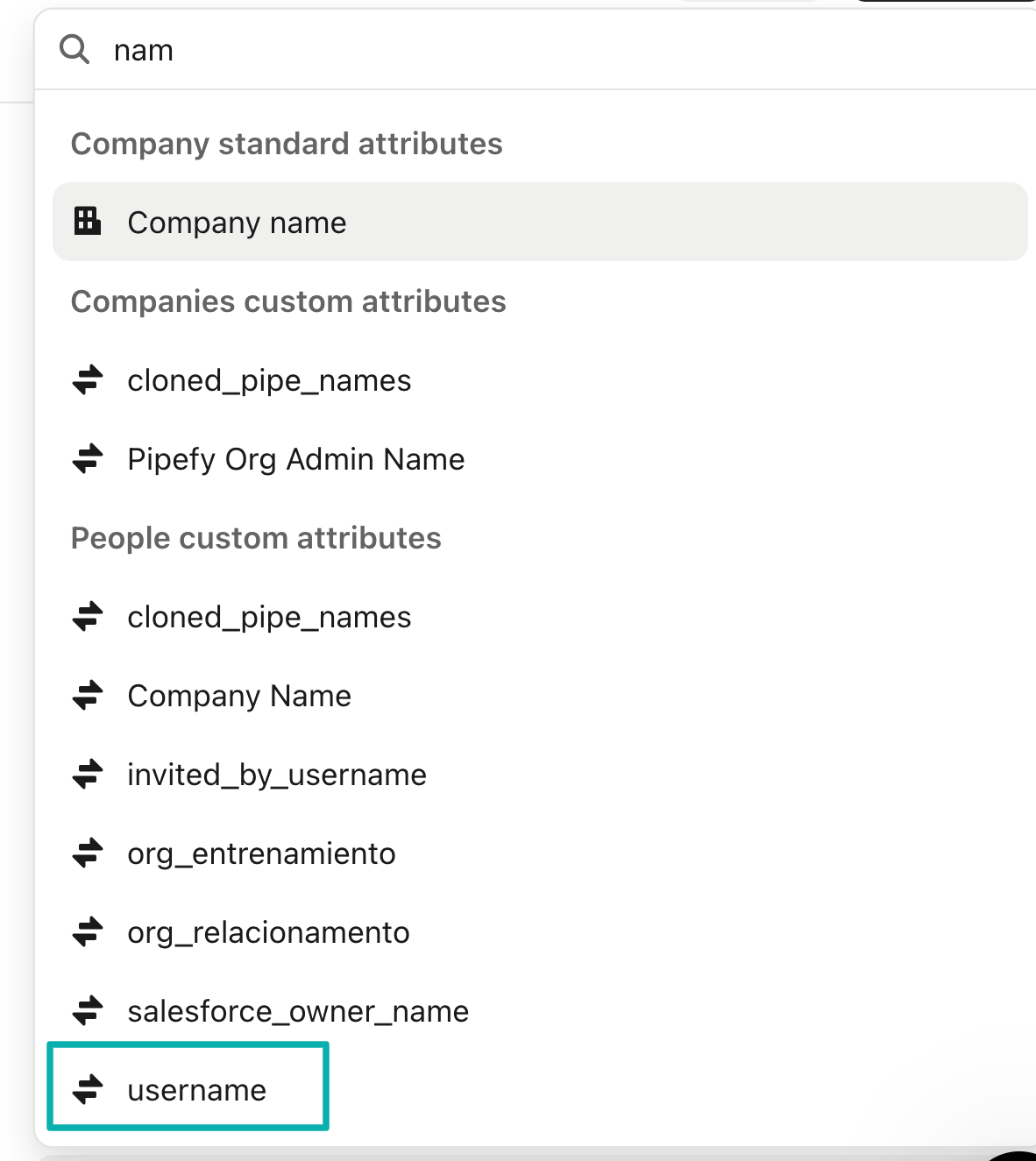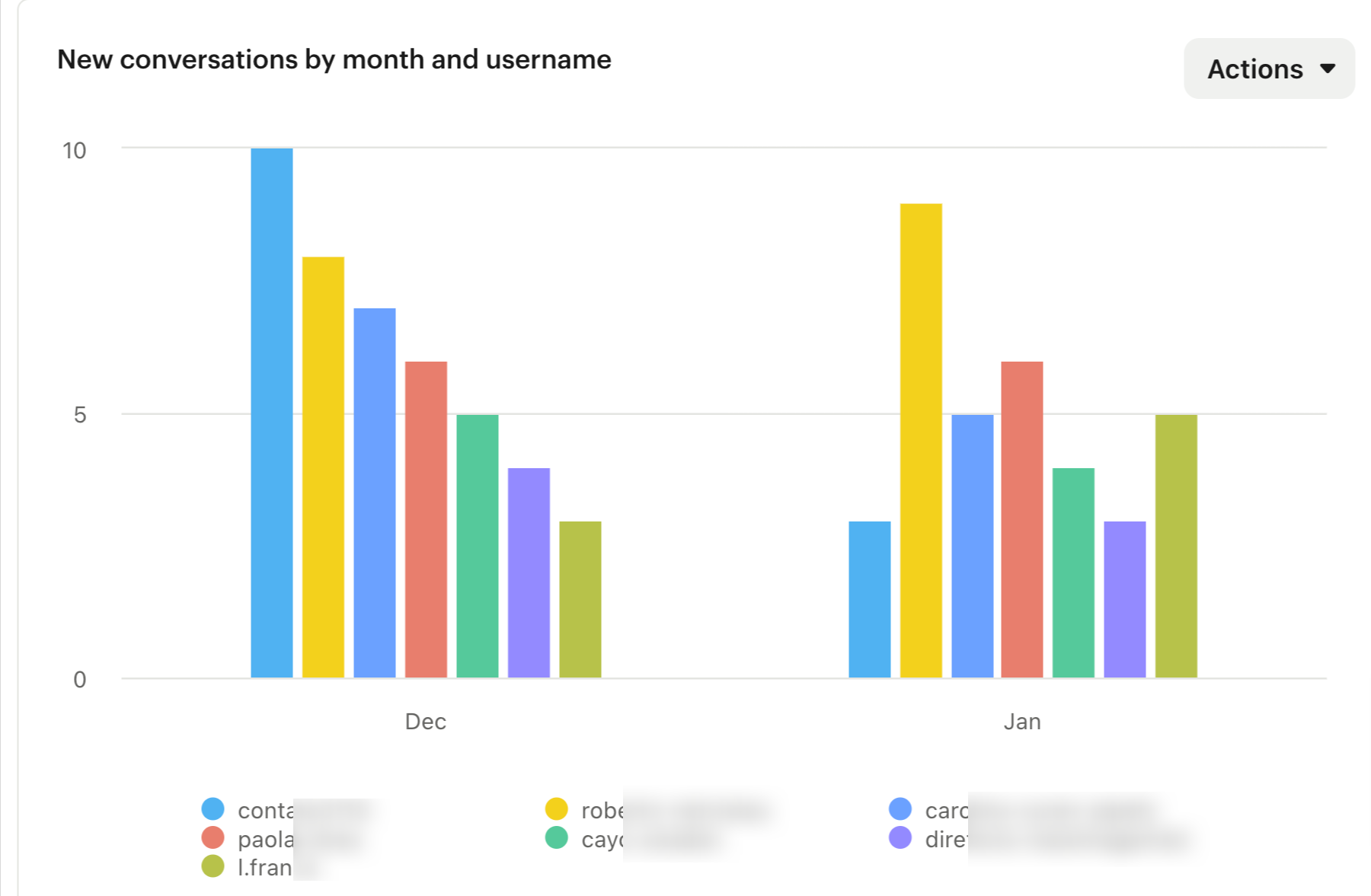Yes, you can measure and analyze the unique users reaching out to your team in Intercom by leveraging Intercom’s reporting and filtering features. Here's how you can do it:
Steps to Measure and Analyze:
Use the Reports Tab:
- Navigate to the Reports section in Intercom to see conversation volume, user activity, and team performance.
- Filter the data by workspace to focus on the specific one you’re analyzing.
Create a Custom Report:
- Use Custom Reports to track unique emails, names, or users.
- Add filters like tags, custom attributes, or topics to narrow down the scope. This will help you see which users are reaching out the most and what they’re asking about.
Tag and Categorize Conversations:
- Ensure your team is tagging conversations with relevant topics. This will allow you to analyze trends and identify frequently asked questions or recurring issues.
Use Saved Segments:
- Create a saved segment of users based on their activity (e.g., users who’ve initiated a conversation more than once in the past 30 days).
- Use this segment to focus on highly active users and analyze their behavior.
Leverage Conversation Data Exports:
- Export conversation data to a CSV file for deeper analysis using tools like Excel or Google Sheets.
- Include fields such as user ID, email, and conversation tags to pinpoint high-volume users and common issues.
Automate Insights with Tools:
- If you need advanced insights, connect Intercom to your CRM or data analysis tools (e.g., HubSpot, Google Data Studio) using Intercom’s API or third-party integrations like Zapier.
Using these methods, you can identify which users are contacting you most often, analyze their queries, and address high-volume issues more strategically.






